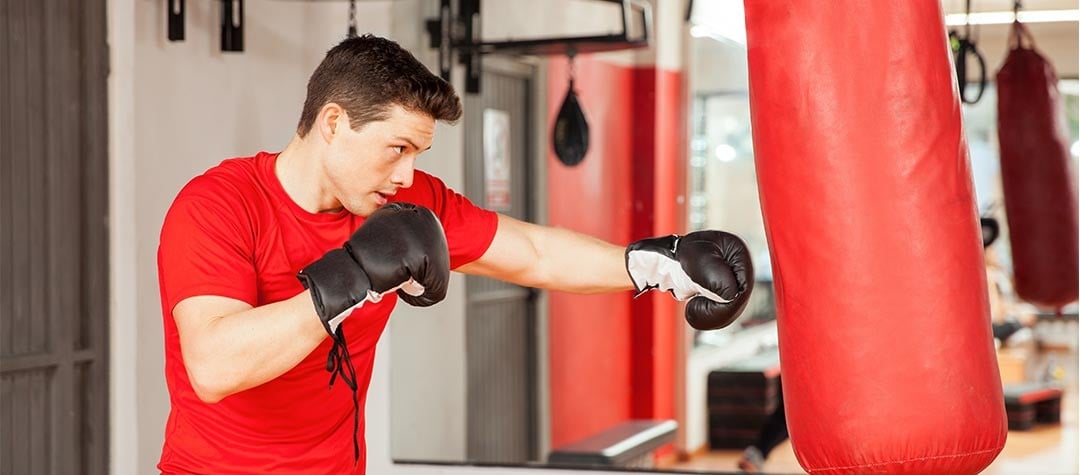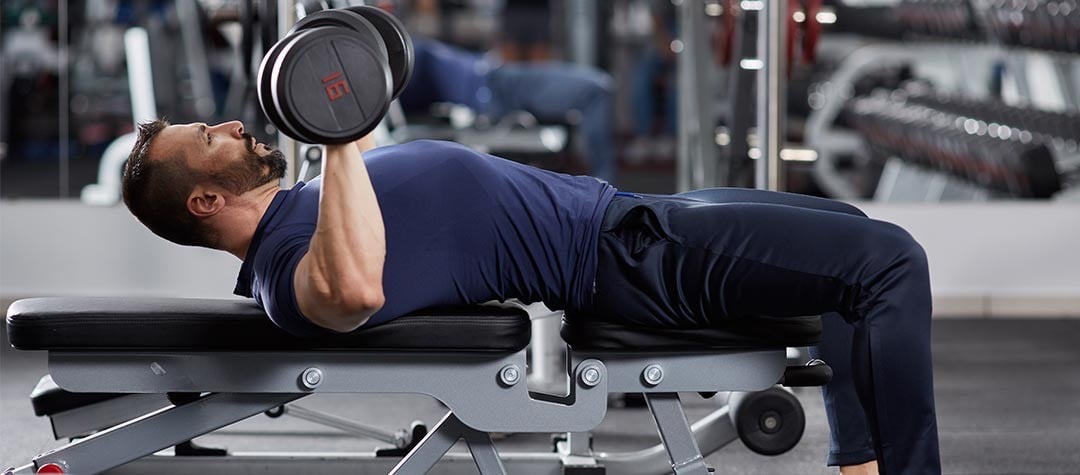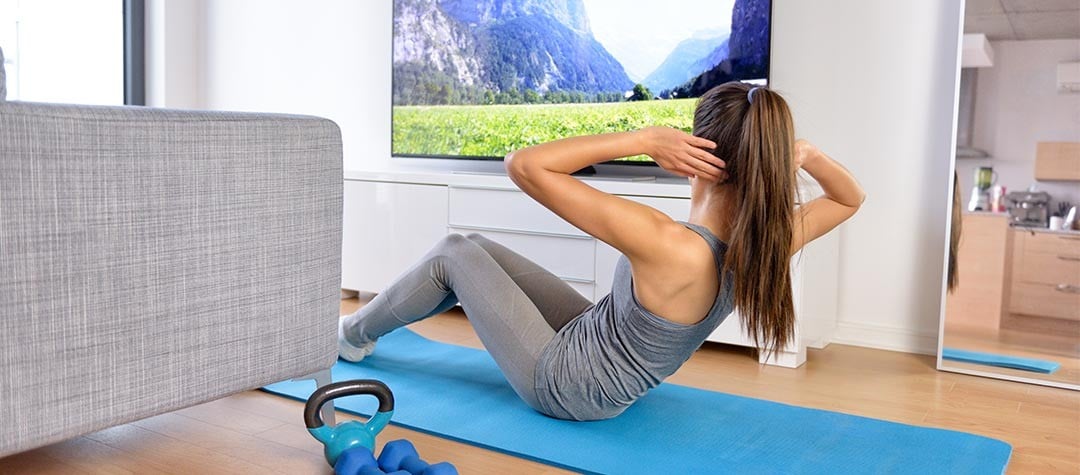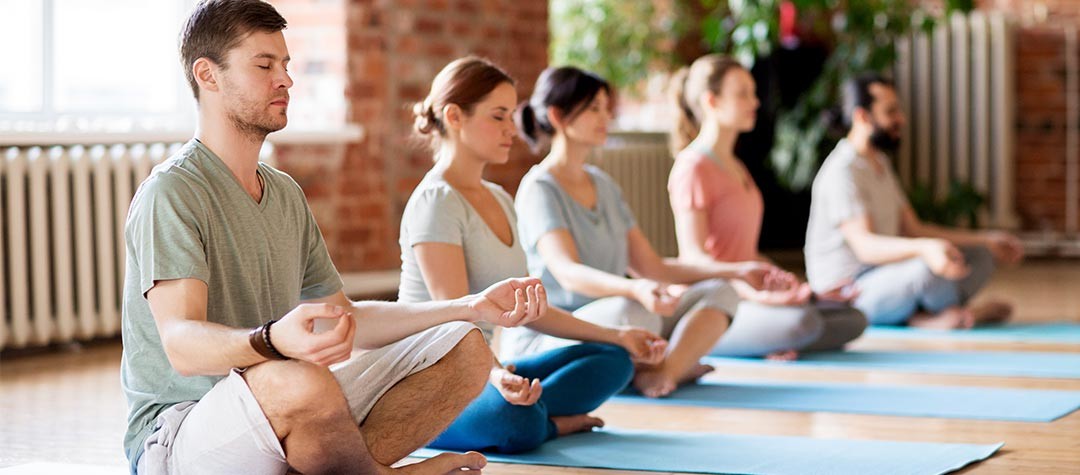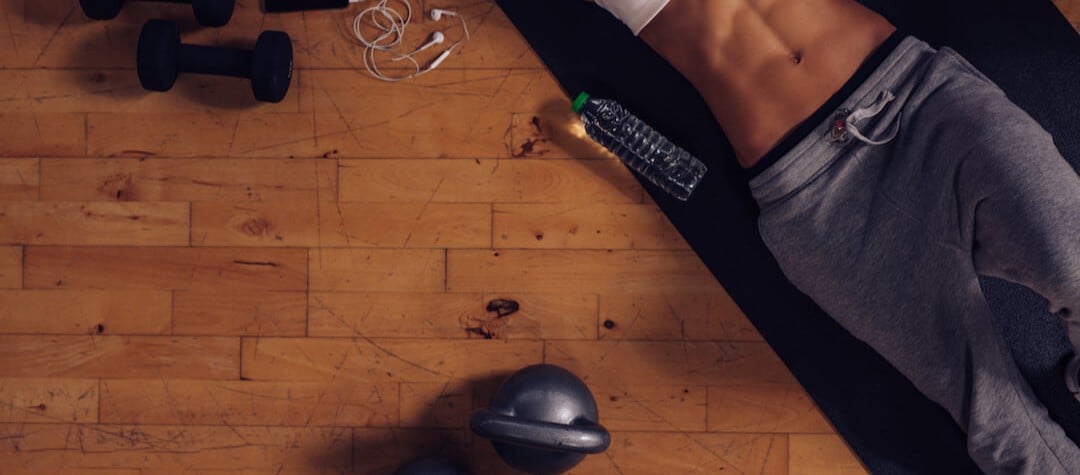If you follow some basic precautions before, during and after you fly, you can make your journey much more enjoyable and avoid many of the problems associated with flying.
It is a well know fact that being sat for long periods of time can negatively affect your health. Long distance aeroplane flights in particular can cause chronic tiredness, otherwise known as ‘jet lag’, stress, dehydration and even Deep Vein Thrombosis (DVT), a condition characterised by the development of blood clots through lack of activity.
These and other in-flight health problems can be avoided by keeping to a few simple routines and exercises.. Simply follow the aeroplane workout below to ensure that you enjoy your journey and arrive at your destination invigorated instead of exhausted.
Before take-off
Even before you actually board your flight, there are many things that you can do which will make your flight more enjoyable and lessen the chances of problems afterwards.
Nutrition: Avoid large, heavy meals that will leave you feeling bloated and uncomfortable in your seat. Instead, eat a light, low-fat meal containing protein and complex carbohydrates - such as tuna and pasta - which will give you sustained energy throughout your flight.
Hydration: Flying can significantly dehydrate you, so it is important to be well hydrated before you check in. Avoid alcohol and caffeinated drinks such as tea, coffee and cola, and consume natural fluids such as water or fruit juice instead.
Clothing: Whatever the length of your flight, you’ll want to be comfortable - so wear light, loose-fitting clothing, avoiding garments such as tight jeans. Several hours confined in an aircraft seat can leave you feeling stiff, so try to choose clothes that allow you to relax.
Sleep: Ideally you should try to get some rest before your flight, because you may not have much opportunity to sleep. If you will be on a long-haul flight, it can be advantageous to pre-adjust your body clock to the new time zone before you fly, so that when you arrive you will find it easy to slot into your normal daily pattern.
Exercise: Before you board, take a brisk walk. Exercise will invigorate you, help you de-stress and get the blood pumping around your body - which can reduce the risk of DVT.
Stress: Plan your travel arrangements well in advance, allowing plenty of time for traveling from home, checking in and airport security, so that an unexpected delay doesn’t throw your schedule and send your blood pressure sky high.
When flying
Nutrition: Similar to your pre-flight diet: stick to easily digestible light meals and snacks, which will help you to both avoid stomach problems and keep your energy levels topped up.
Hydration: Alcohol is often freely available during flights, and although you may be tempted to start your trip with a celebratory drink, it will only dehydrate you and make you tired. Keep a bottle of water close at hand and drink small quantities regularly to ward off dehydration.
Clothing: To help you relax, loosen your tie, belt or tight waistband and use the layering principle of adding or removing layers to stay at a comfortable temperature, rather than wearing thick, single items of clothing. Putting on special elastic in-flight socks is also beneficial as they can reduce the risk of DVT.
Sleep: Any sleep that you do manage to get is unlikely to be of high quality, but it will help a long flight pass more quickly. Remember to adjust your watch when the plane takes off and stick to the time-zone of the country that you’re visiting - so that adjusting your body-clock will be easier when you arrive.
Exercise: The key is to be as active as possible. You should try to get up and walk around whenever you can (ideally, about every 10 minutes) - but you can also do some exercise in your seat. Try the following routine every half an hour to maintain mobility:
- Alternate between clenching and relaxing your feet and toes.
- Contract and relax all your leg muscles.
- Make a ‘pedaling’ movement with your legs.
- Stretch your legs, arms and hands.
- Take some deep breaths.
- Gently stretch and rotate your neck.
Stress: If you begin to feel stressed, try to distance yourself from all the on-board activities like meal times and drinks being served, and instead immerse yourself in a good novel, the in-flight film or a selection of your favourite music.
Back on terra firma
Once you land, your aeroplane workout doesn’t end. Now is the time to fully reactivate your body so that you can get the most out of your stay. To complement your ‘before’ and ‘during’ routines, a light arrival workout will energise you and help to combat any feelings of fatigue or jet lag. Simply follow the post-flight energiser below and you’ll be prepared for anything!
- Get up and go! - Despite your in-flight mobility exercises, you will still have been confined for a long period during the flight - so as soon as possible, stride out in the airport terminal and get the blood flowing with a brisk walk.
- Take a drink - Continuing to maintain your hydration is very important and will help you to avoid headaches and mental fatigue. Keep a bottle of water with you and drink frequently.
- Stretch yourself - Cooped up in cramped conditions can leave you stiff and immobile. After your brisk walk, spend 10 minutes stretching the major muscle groups to help return your body to a more normal state. Flexibility exercises will make you feel loose, supple and light on your feet.
- Don’t overdo it! - Whether on holiday or a business trip, it can be easy to throw yourself into activities, meetings or just exploring straight after flying. You may be more tired than you initially realize, so try to pace yourself and avoid cramming a week’s work into the first day after you arrive.
- Snack attack! - While making travel arrangements and getting excited about your new environment, meals are easily forgotten. Similarly, a foreign country may have different eating customs and cuisine which may not fit in with your arrival time. To ensure that your fuel tank doesn’t run low, pack a selection of snacks to keep you going until you can eat a meal. Healthy cereal bars travel better than fruit, and even boiled sweets can sustain you while you find your feet.
Just landed…
Air travel may be part of your everyday life - and providing you follow sensible precautions, it can also be an enjoyable experience. There is always a chance that problems such as stress, jet lag, fatigue and dehydration will occur, but by following the aeroplane workout given above, you are giving yourself the best opportunity to arrive rested, relaxed and raring to go!










